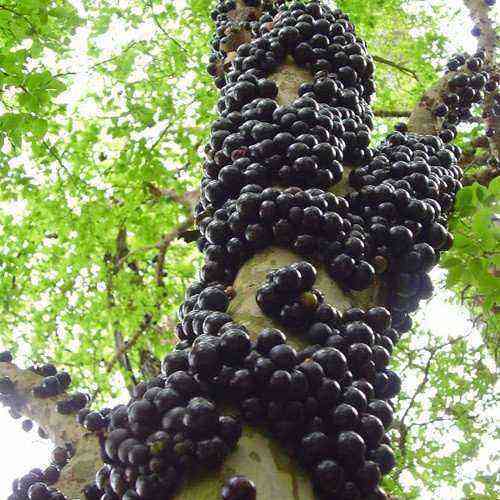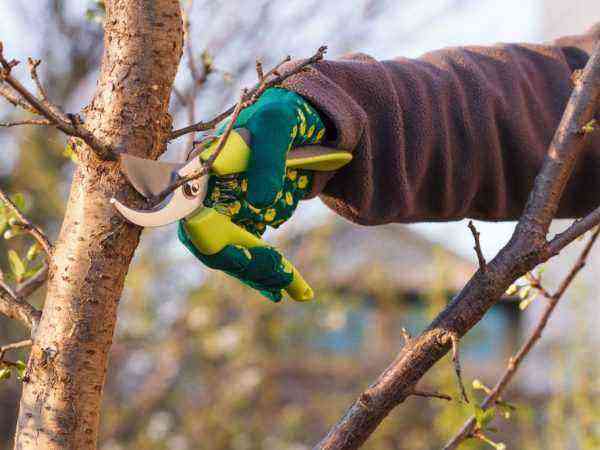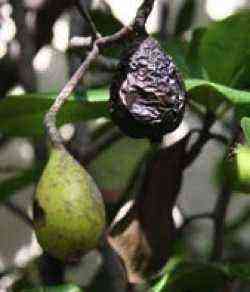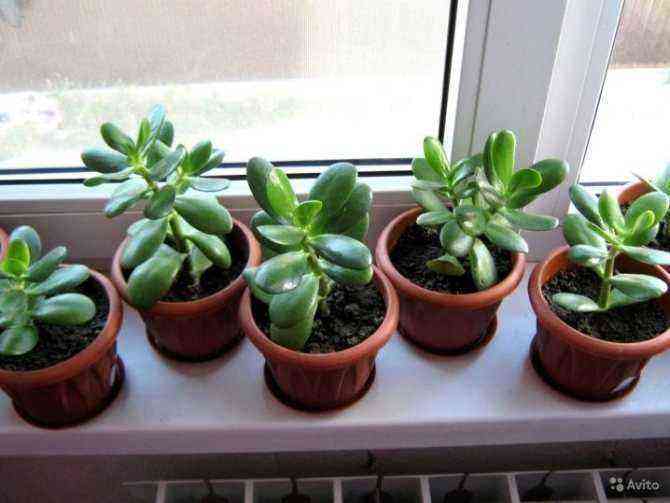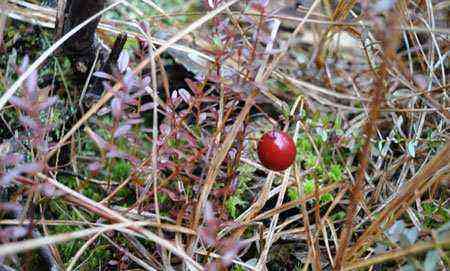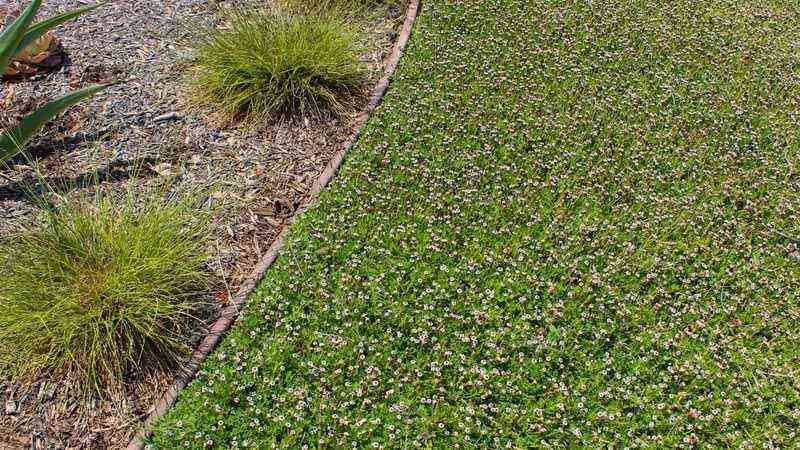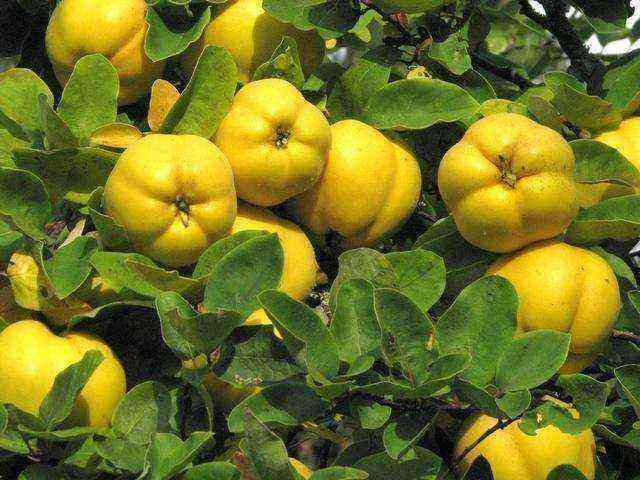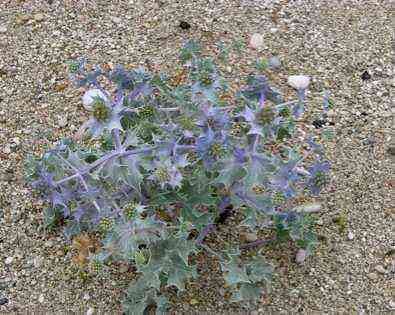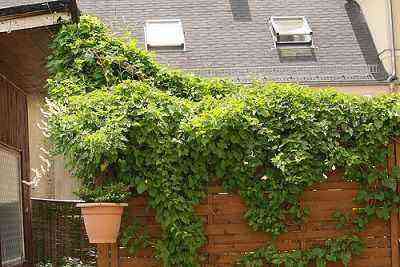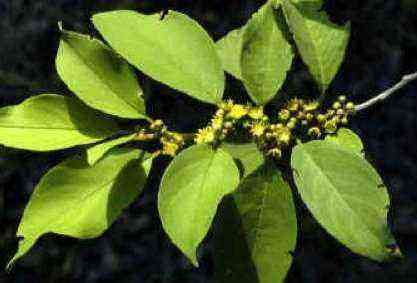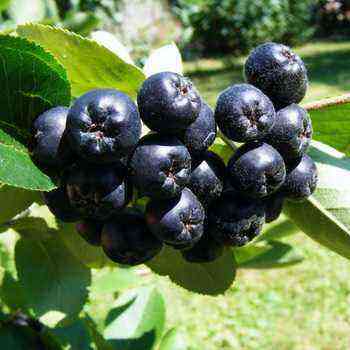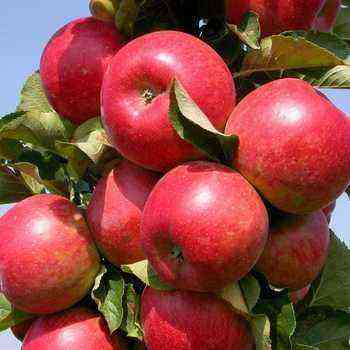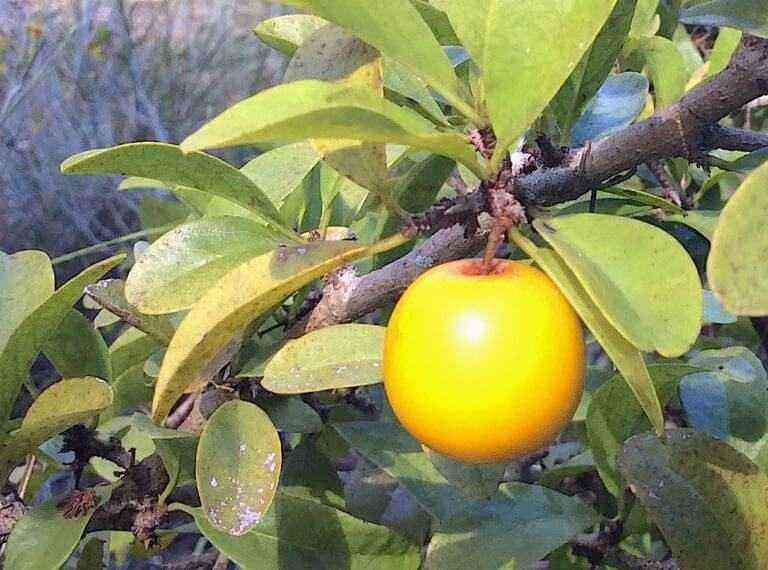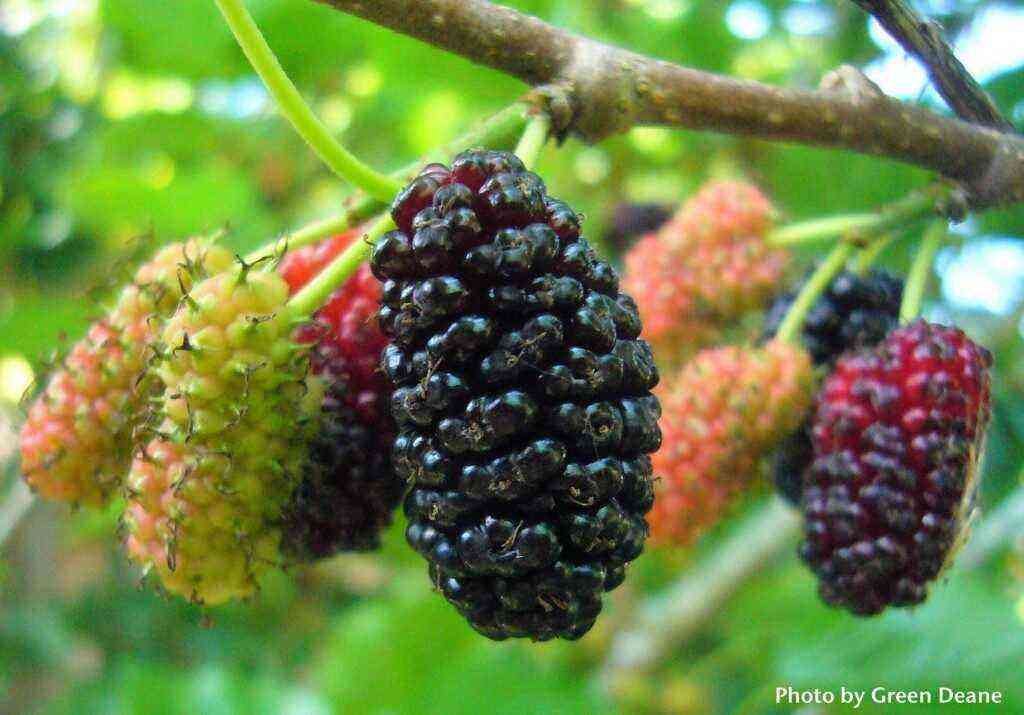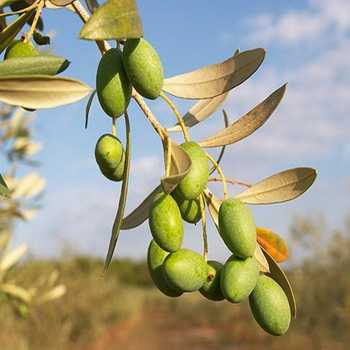
What does an evergreen olive tree in a pot look like and how it blooms (with photo)
A houseplant called the olive tree or olive tree is evergreen. Lanceolate leaves, which are green above and silver-gray below, give a special decorative effect to this flower. A home-grown olive tree has a wide-spreading crown with twisted branches and sometimes a trunk. The bark of this plant is outwardly similar to scales and, as it were, forms nodules. It is often black, sometimes with a brown tint. The olive tree, as a flower growing in indoor conditions, acquires special beauty and tenderness during the period of budding from May to June. Inflorescences are small (0,4-0,5 mm), yellowish-white, fragrant, collected in 15-30 pieces in axillary racemes. The fetus is tied by self-pollination or by a cross method. But with the second method of pollination, both the qualitative and quantitative indicators of the formation of flowers and fruits are improved.
If an olive tree is grown in a pot, then an adult plant, with proper care, can produce up to 2 kg of berries.
The fruit is a drupe with black or purple oily flesh and hard bone. Ripening period from October to November.
The plant is slow-growing, so it can live indoors for many years.
There are many varieties of this garden culture, but for home cultivation, one species is used as an indoor ornamental plant – the European olive (O. europaea).
What this olive tree looks like, look at the photo:
Since this plant is native to the subtropics, the olive tree needs light and sun. Therefore, your room olive will feel as comfortable as possible on the windowsills of the south side or, in extreme cases, of the west or east-south orientation. If the indoor olive or olive tree grows and becomes large enough to be kept on the windowsill, then it is appropriate to place it on the floor near the window. Do not be afraid of the proximity of the greenery of the plant with heating devices, it tolerates such a neighborhood well. You can also place the flowerpot on an insulated loggia that faces the south side.
The plant is considered thermophilic, but in winter the olive is kept in a bright cool room with a temperature of 10-12 ° C. If you want to see your olive tree bloom, then the plant needs to provide just such cool conditions during the winter. But in the summer, the environment will be quite comfortable for him up to + 25 ° C, so the flowerpot with the olive tree can be taken out on the balcony or in the garden.
Does not require high humidity, it tolerates drying out of the earth well.
Prefers calcareous soils with lime content. Olive substrate is prepared from turf, humus and sand (2: 1: 1).
How an olive tree can grow, look at the photo:
Rules for caring for an olive tree when grown indoors
As with any houseplant, the olive tree has its own rules of grooming that must be followed if you want to grow a beautiful and healthy tree. This is not to say that keeping this indoor plant in an apartment is too difficult, but it has its own characteristics. To grow an olive or olive tree, you must adhere to the following rules:
- Regular, but not too abundant watering.
- Timely feeding.
- Spraying in dry air.
- Transplant as needed.
- Pruning.
Since this plant is thermophilic, the olive tree when grown at home requires a sufficient amount of sun and moisture. Provide regular watering in the summer, but not plentifully. In winter, they rarely moisten, but care must be taken so that the soil lump does not dry out. Although the plant is not afraid of drying out the soil, this should not be allowed. This indoor tree has a fairly large root, so when moistening an earthen coma, you should ensure that moisture flows to the very bottom of the flowerpot. Florists recommend this watering regime: 2-3 times a week in summer and 1-2 times in winter. But, choosing the time to water, it is still better to focus on the dryness of the topsoil in the pot.
Whether the care of an olive tree that is grown indoors is complete can be understood by its foliage. With constant insufficient watering, it becomes lethargic and turns pale. If the tree lacks moisture and grows in a dry environment, then this can cause the plant to begin shedding its leaves.
But when the watering conditions for this indoor flower are met, it should be remembered that excess moisture has a bad effect on the development of olives.
For a home olive tree, spraying must be included in the care, but it should be done only on very hot days or if the flowerpot with the plant is near heating appliances. The crown should be moistened with settled water at room temperature. Better to do this in the early morning or evening. This will help keep the plant from getting burned. With not too dry air in the growing area, the olive does not require air humidification.
How to properly prune an olive tree to form a crown
If you want to know how to care for an olive tree, then carefully read another point of its cultivation – feeding. From April to September, 2-3 times a month, a complete mineral or ready-made flower fertilizer is applied to the soil. This is the period of peak development of the plant, when it needs enough minerals for normal growth. Some flower growers recommend feeding this scheme: in the spring – nitrogen-containing fertilizers, and in the summer – mineral fertilizers.
This plant tolerates crown formation well. Therefore, many are trying to carry out this procedure in such a way that it takes on a bizarre shape. If you know how to properly prune an olive tree yourself, then you can not only form the crown, but also give a new impetus to the development of the plant.
All work is carried out with a pruner in the spring, as soon as the olive began to wake up from sleep. When forming a crown, it is important to remove not only dead branches, but also shoots that compete with each other. At the same time, the weaker ones should be removed, leaving the strong and healthy.
If you know how to properly prune the crown of an olive tree, then you can increase the yield by such actions. To do this, when cutting this plant, they try to remove old branches. Thus, it is possible to make room for the development of young shoots, which give the first fruits already in the second year.
Some growers, when growing this plant at home, notice that sometimes there is nothing to cut in the spring. If you are faced with such a problem, then the lack of growth of new shoots indicates insufficient moisture in the plant. And if you notice that the foliage on the olive tree began to crumble, then most likely the flower lacks lighting. For an olive tree grown at home, the height is limited to 0,8 m.
When trimming this plant in the spring, do not be afraid to prune it too much. The olive tree tolerates cutting very well, and during the growing season it will give a good growth of new shoots.
Planting and handling a flower olive tree
Olive grown at home can live for over 10 years. If we take this indicator into account, then the owners of this plant have a logical question, whether it is necessary to transplant and how often to do it. First, let’s figure out the intricacies of how to plant an olive tree for growing at home. First of all, choose the appropriate type and prepare the container. It must be large enough. If you do not grow a plant from a stone yourself, for example, but have already acquired a fairly mature tree, then the size of the pot should be at least 60 cm in depth and width. Since the olive does not like an excess of moisture in the soil, additional wide holes should be made in the flowerpot for the free release of excess water.
For planting a young olive tree, take loamy or sandy soil. As the plant grows, the old container may become small, so it is appropriate to transplant. At a young age, the olive tree is transplanted after a year. After 5 years – once every 2-3 years. To make the olive tree easier to survive all the work on changing the pot and soil, it is better to replant it using the transshipment method. This helps to carry out all the work as painlessly as possible for the plant, without damaging its root system. Also, when growing an indoor olive tree, transshipment helps to speed up its growth.
To carry out these works, prepare a pot that is larger in size than it was before, about 10 cm in diameter. Make large holes in it and fill the bottom with expanded clay or any other drainage material. Fill the pot up to 1/3 with a suitable potting soil. An earthen lump in an old flowerpot with a plant must be well moistened with water. Once the liquid is completely absorbed and the soil is moistened to the very bottom, carefully remove the tree along with the clod of earth and roots. Transfer it to a new pot, and cover the resulting voids with fresh earth.
Is it fashionable to grow an olive tree from a seed and how to do it at home
Next, check out how to grow your own olive tree. Of course, on the market you can buy ready-made rooted cuttings or a one- or two-year-old olive tree and simply transplant them to a permanent habitat, providing full care. But for many, it is very exciting to grow this plant yourself. Therefore, quite often questions arise whether it is possible to grow an olive tree, for example, from a stone and whether it will bear fruit.
This evergreen tree can be propagated in two ways: by semi-lignified cuttings, and less often seeds (seeds) are used for this. The first method manages to preserve all the specific features of the mother olive, but when planting seeds, the probability of their loss increases. Therefore, using this breeding method, it is necessary to budding the wild.
How to grow an olive tree from a seed:
- Soak the seeds for 16-18 hours in a 10% caustic soda solution.
- Rinse them in running water.
- Separate the “nose” by the pruning shears.
- Prepare a permeable soil (sheet with sand).
- Plant 2-3 cm deep.
- Moisten the soil.
If everything is done correctly, then seedlings will appear no earlier than in 2-3 months. When growing from seed, do not ignore the step of soaking the planting material. This procedure will significantly soften the seed coat, which will increase their germination several times.
The bores are allowed to grow until about 2-3 branches appear and are transplanted into a larger pot. A young olive tree requires proper care during the growing period (moisture, maintaining temperature, sufficient light), which guarantees the normal active development of the root system and crown. One year after the transplant, you can vaccinate the wild with one of the available methods:
- Butt under the bark.
- A sprouting eye in a clothespin.
It is worth noting that a grown olive-seed tree is distinguished by a later flowering and fruiting period. So, the first buds on such an olive tree can be seen no earlier than after 8-10 years.
Propagation of the olive tree by cuttings
If you are interested not only in the decorativeness of the plant, but also in the beneficial fruits of the olive tree, then for reproduction it is better to choose the method of cuttings. All work is carried out in the spring, when the flower has just begun its active growth. Cut branches are taken as planting material, the age of which should not be less than 2 years. In such cuttings, the diameter at the cut point reaches 4 cm. The incisions must be treated with garden pitch. The prepared planting material is planted horizontally in a container with sand to a depth of 10 cm.
Cuttings have a lot of buds, so after about a month, young shoots appear on them. Such a young home-grown olive tree requires the following care:
- Watering 1-2 times using a growth stimulator.
- The temperature is about 25 ° C.
- Adequate lighting without direct sunlight.
Cuttings require high humidity during rooting and growth. Therefore, a pot with such young shoots should be covered with cellophane or glass. They should be sprayed with water at room temperature once a day. After 2-4 months, the cuttings can be transplanted to a permanent place. The next transshipment is not earlier than a year later in the spring. When grown in this way, the first fruits can be seen already for 2-3 years.
Now you know how to grow a fruiting olive tree at home. Be sure to follow the growing and grooming tips and very soon your olive tree will delight you with beautiful flowers and fruits.
The flowering and fruiting period of the olive tree
When growing this plant, many want to see not only interesting decorative features, but also its buds and fruits. The olive tree is very beautiful and fragrant during the flowering period. And you can see this on a 3-5 year old plant. In many ways, the time of fruiting depends on the variety of olive, so, in some varieties of this tree, the first flowering can be seen only after 10 years. Therefore, it is recommended to clarify this point before purchasing planting material.
You can speed up the fruiting process by creating favorable growing conditions for the plant, which are described above.
Treatment of the olive tree from diseases and pests
The olive tree at home, even with proper care, has a reduced threshold of sensitivity to diseases and pests. It is very important to timely and correctly identify the problem and start to deal with it.
When grown at home, this plant is most often affected by such pests:
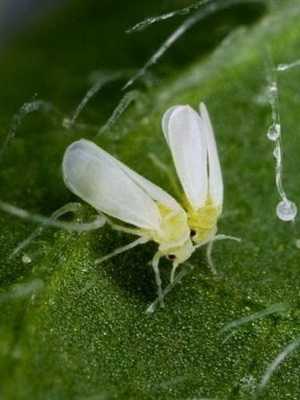
Whitefly.
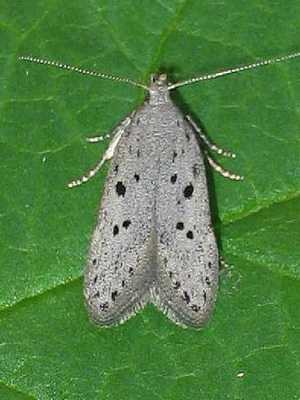
Olive moth.
whitefly Is a relative of the well-known aphid, which looks like a small white midge about 3 mm long. In the course of its life, it leaves a white bloom on the greenery of the plant, it begins to fade, becomes covered with yellow spots, and its twisting is possible. The olive tree, when damaged by such a pest, very quickly loses its decorative effect. In the photo you can see what a whitefly-infected olive tree looks like:
The danger of being hit by this pest also lies in the fact that it is a carrier of various diseases (chlorosis, jaundice, etc.). To combat this pest, chemical preparations should be used (“Grinda”, “Confidor Extra”, “Zubr”, “Commander Maxi”, etc.), which are processed at least 2 times with a frequency of 1 time in 2 weeks.
The main enemy of this plant is the olive moth. She settles on a flower, and her larvae eat buds, young foliage. When this pest is affected, the green of the olive tree changes outwardly, read the description of what the traces of this moth infestation look like. This will help to identify in time and begin to fight against it. The foliage curls, if you unfold it, then inside you can see the pest sometimes in the cobweb. To combat the olive moth, you must first remove all visible damaged elements. Then carry out the treatment with chemical agents (“Decis”, “Aktara”, “Fitoverm”, etc.).
If you notice that the foliage on your tree has begun to wither, and young shoots are developing poorly, and at the same time the plant is being taken care of at the proper level, then most likely this is a signal of an olive tree disease. The most common fungal diseases affecting olive trees.
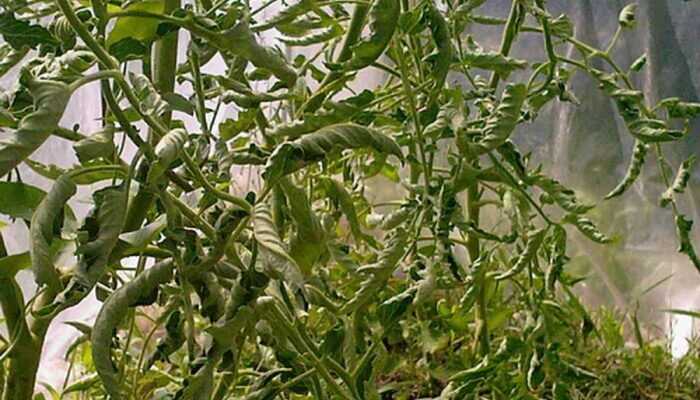
The most dangerous is verticillary wilting – a fungal disease caused by a pathogenic microorganism of the genus Verticillium.
It is quite rare on home-grown olives, but it can still appear. It does not respond to treatment, and the only way to quickly get rid of it is to notice the disease in time and remove all the affected areas.
When growing an olive tree at home, provide it with the most favorable conditions. Then your tree will develop well and after a few years will delight you with the first fragrant flowers and oily fruits.

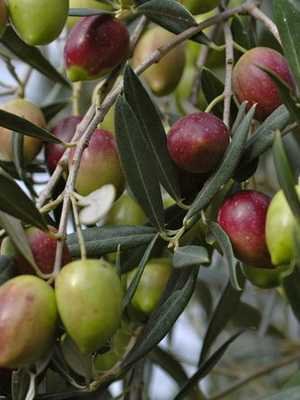
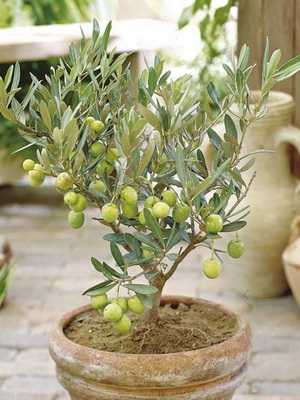





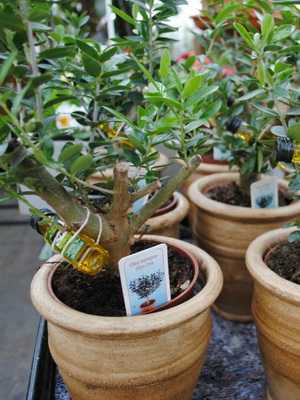
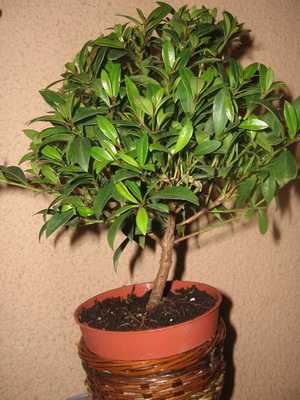
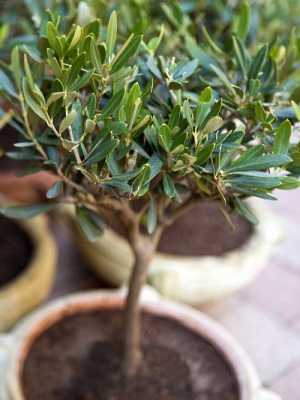

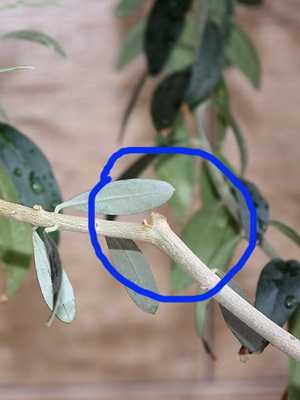
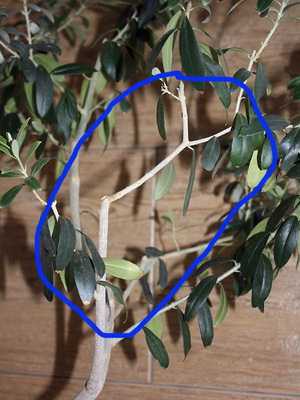

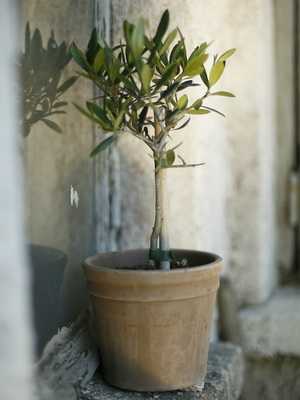
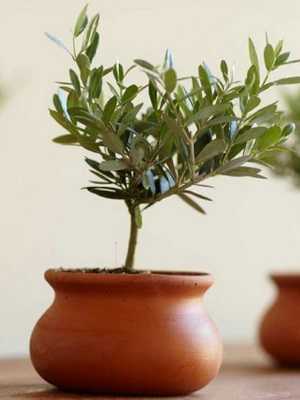



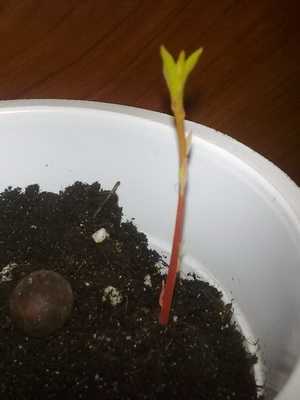
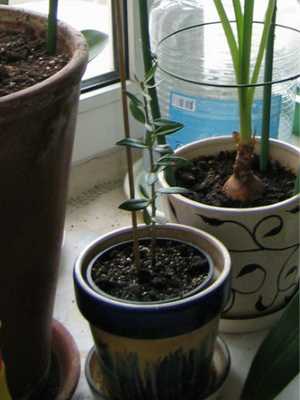

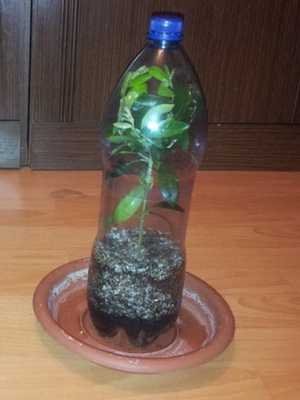
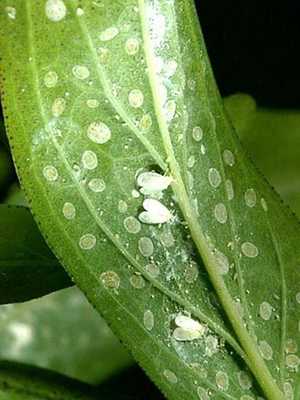
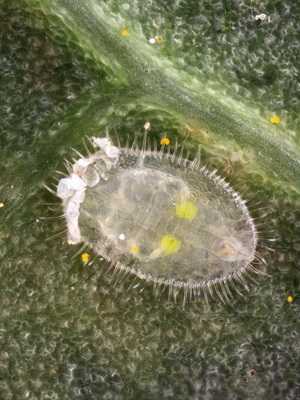
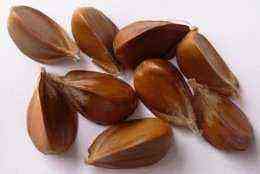


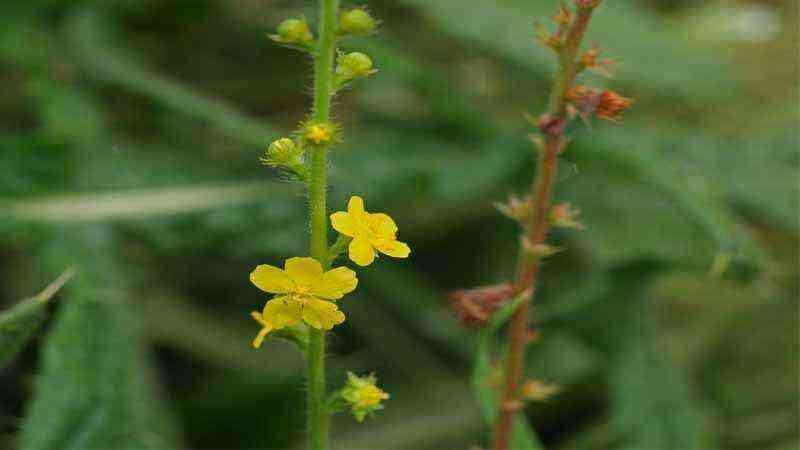
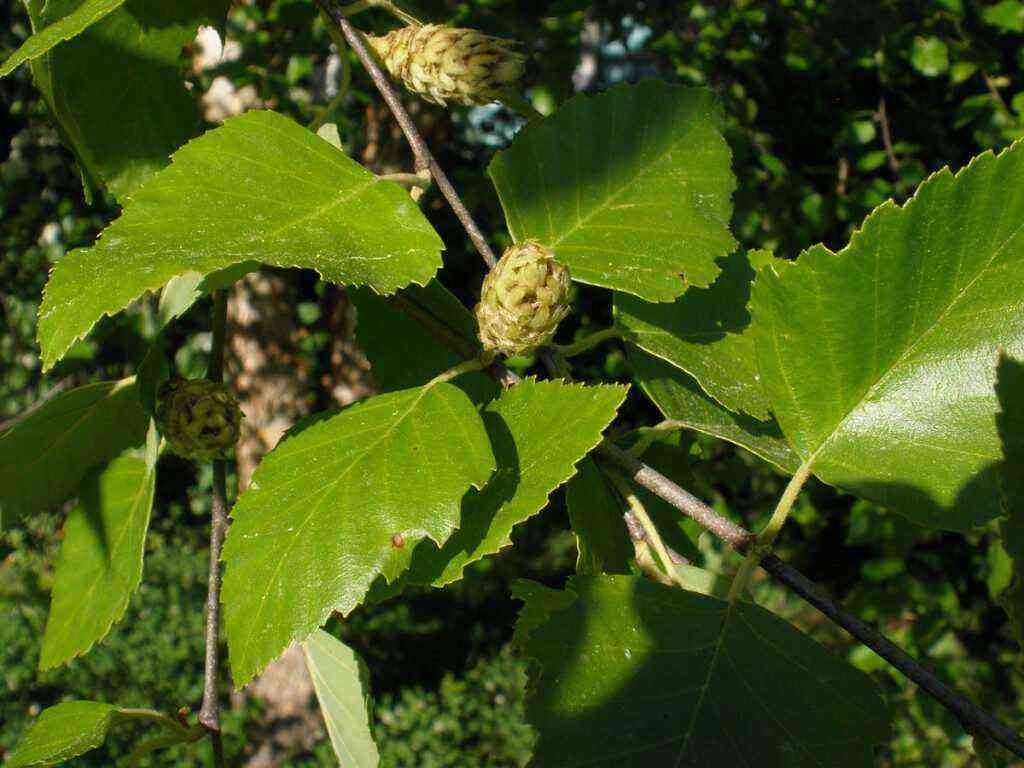
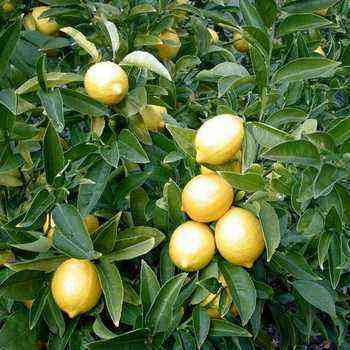
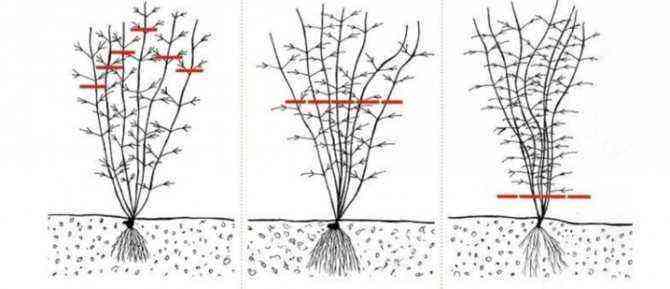
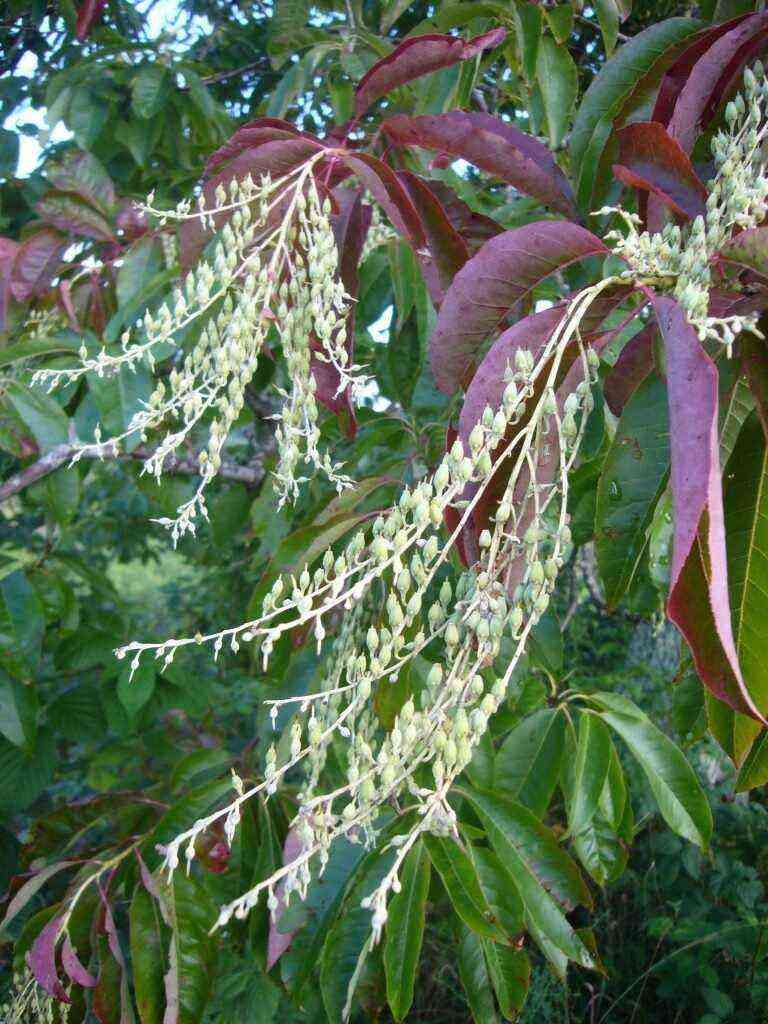


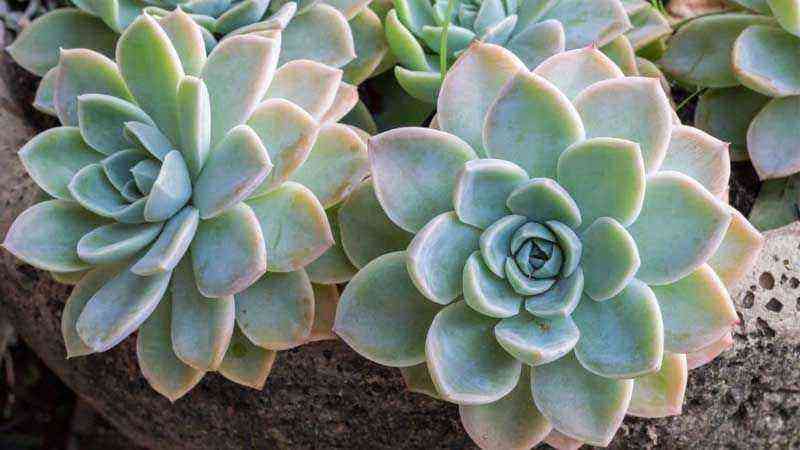

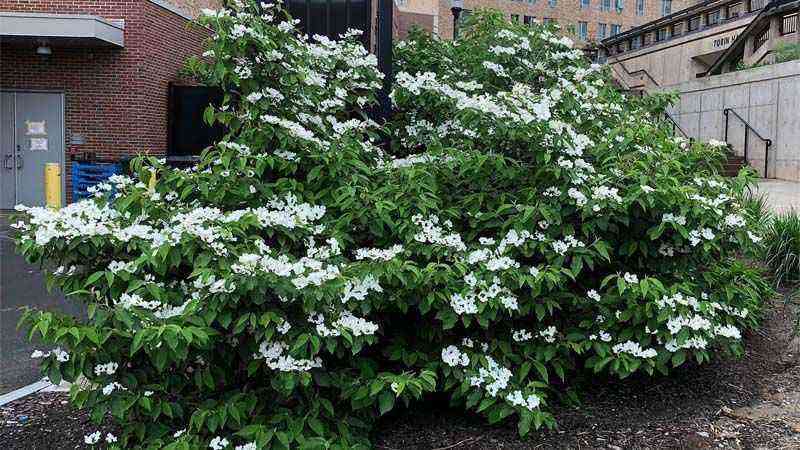
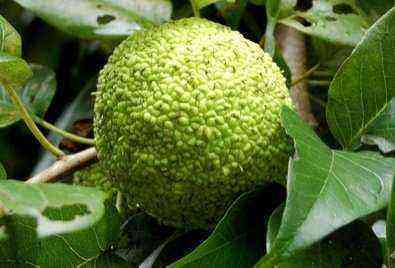
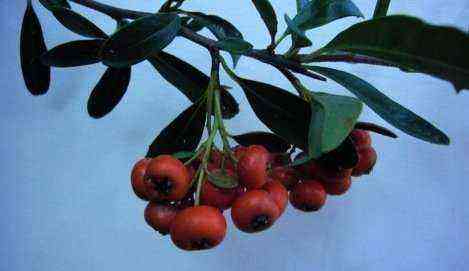
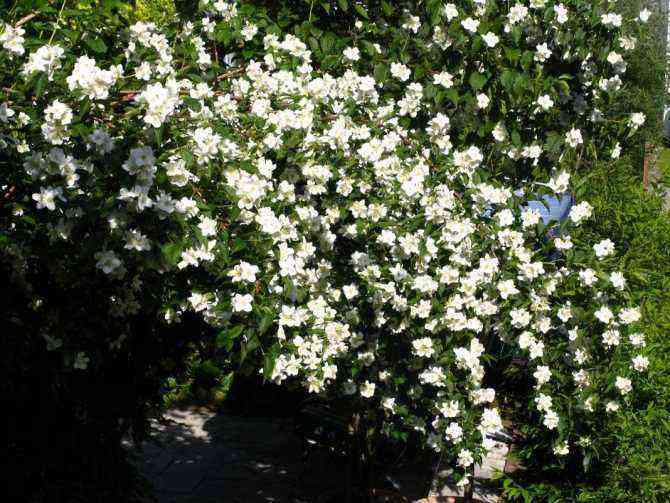
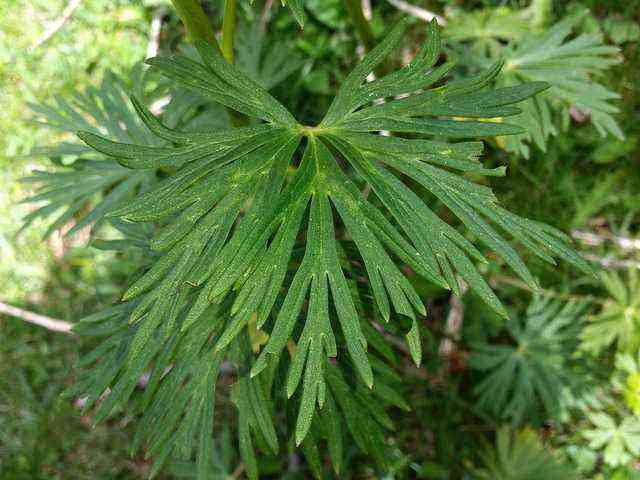
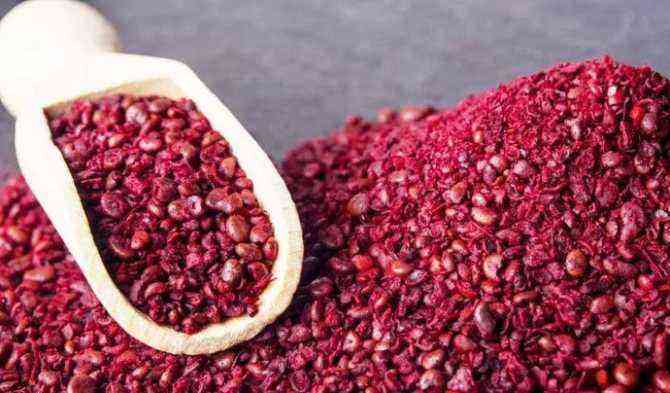



![Cultivo de Magnolia stellata [magnolia estrellada] Cultivo de Magnolia stellata [magnolia estrellada]](https://farmer-online.com/wp-content/uploads/2021/05/Cultivo-de-Magnolia-stellata-magnolia-estrellada.jpg)
